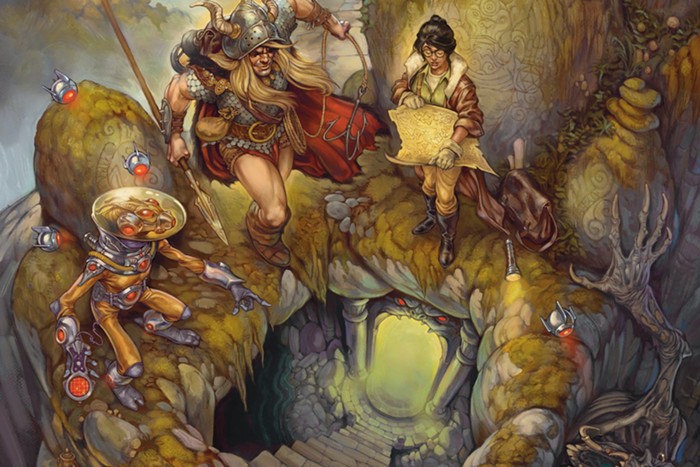Reading Ryan Boudinot's audience review this week—to your right—reminded me of the one time I saw Tess Gallagher in person. Gallagher is a poet, but she's better known as the person who was married to Raymond Carver when he died 18 years and 57 days ago. She's the dedicatee of What We Talk About When We Talk About Love and Where I'm Calling From and the executor of his literary estate. I saw her in 2004 at Burning Word, the unfortunately named annual poetry festival of the Washington Poets Association, which was honoring her with a lifetime achievement award. I don't remember much about the reading except that her poetry was incredibly stupid and she talked about "Ray" a lot. If memory serves, she was wearing a large tuft of feathers on one side, as if a bird had flown into her head.
In her defense, being married to Raymond Carver would drive anyone insane. They had only been married for six weeks when he died in 1988, according to Wikipedia, but they had been having relations since 1979, when Carver was still married to his high-school sweetheart. That high school was in Yakima and that sweetheart, Maryann Burk Carver, has just published a memoir called What It Used to Be Like: A Portrait of My Marriage to Raymond Carver, reviewed last Sunday in the New York Times Book Review.
According to the review, written by Joyce Johnson, Raymond Carver belongs to a distinguished group of men who were excellent writers and shitty husbands ("callous, unfaithful, and irresponsible"). Raymond and Maryann Burk were married when they were teenagers—he was 19, she was 16—and by the time she was 18 she'd had two kids and was working as a waitress and telephone operator to support him. Johnson writes: "When he bluntly admitted to Maryann that if he ever had to choose between her and writing, he would choose writing, she promised to see to it that he would never have to make that choice, ruefully concluding that the sacrifice of her own ambitions was 'what it means to be a woman.' She bought Ray his first typewriter with money she earned packing cherries."
Johnson's review makes Maryann Burk Carver's book sound worth buying—it quotes a "rare reflective passage" where the memoirist writes that she thinks she and her husband "lived on the edge almost intentionally... [to generate] grist for the mill"; it suggests that the book is essential for anyone interested in Raymond Carver's "raw material"; it's full of vivid fucked-up-ness, like Raymond Carver splitting his wife's head open with a vodka bottle—but other reviews of What It Used to Be Like haven't been as favorable. According to an uncharacteristically bitchy write-up in Publisher's Weekly, it's "essentially a cliché-filled tale of the artist's suffering wife. During their honeymoon, he tells her that if he had to choose between her and writing, he'd take the writing. She doesn't get the hint..."
You can't read the Publisher's Weekly write-up without concluding that Maryann Burk Carver is sort of dim. Maybe that was Raymond Carver's type. 



















